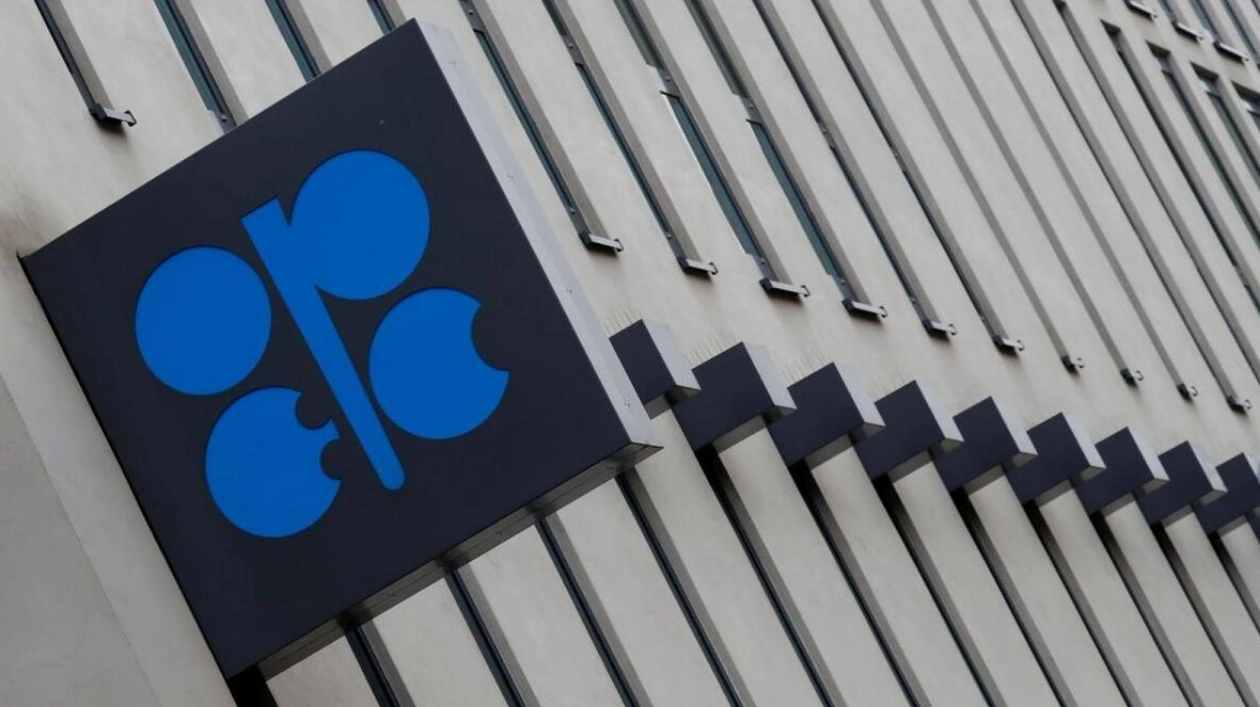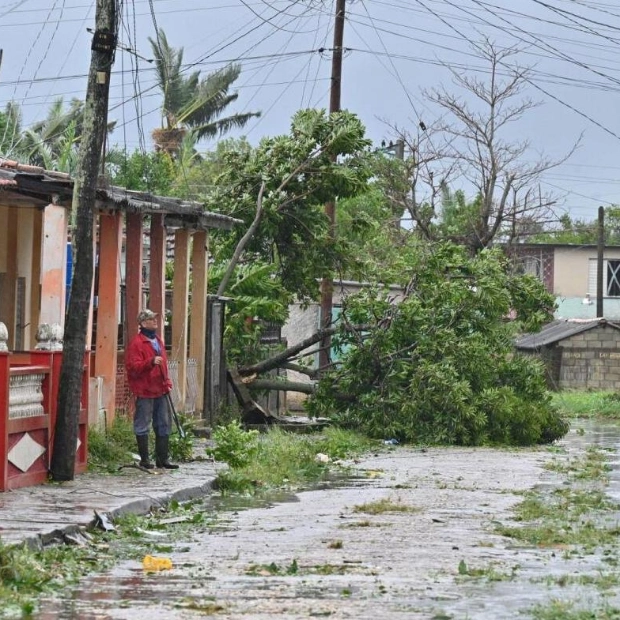In the coming weeks, Saudi Arabia and its Opec⁺ allies face a critical decision regarding their planned production increases slated for October, or whether to delay them due to the uncertain economic climate. The recent declines in Brent futures prices, calendar spreads, and refinery margins, coupled with concerns over petroleum consumption, highlight the risks of making the wrong choice. Increasing production despite reduced forecasts for consumption growth and ongoing output increases from competitors in the U.S., Canada, Brazil, and Guyana could lead to a surplus in inventories and a price slump. However, delaying could result in ceding more market share to Western Hemisphere rivals and encourage some Opec⁺ members to unilaterally boost their output.
Saudi Arabia and other Opec⁺ members are currently implementing three tranches of production cuts initiated since late 2022 to reduce excess petroleum inventories and bolster prices. All Opec⁺ members are committed to a collective cut of 2 million barrels per day (b/d) agreed upon in October 2022, amidst economic and oil market uncertainties. Additionally, some members are enforcing extra voluntary cuts of 1.66 million b/d and 2.2 million b/d agreed in April and November 2023, respectively, to enhance market stability. In June 2024, ministers agreed to gradually unwind these voluntary cuts starting October 2024, concluding by September 2025, and allowed the UAE to incrementally increase its output by an extra 300,000 b/d from January 2025 to September 2025.
Under this plan, Opec⁺ production is set to rise by approximately 180,000 b/d monthly in Q4 2024 and by 210,000 b/d monthly in the first nine months of 2025. However, these scheduled increases are conditional and can be paused or reversed based on market conditions. In the next few weeks, Opec⁺ must decide whether to proceed, modify, or postpone these increases considering the renewed concerns about the global economy and oil demand. Currently, oil prices and spreads are similar or weaker than when the second set of voluntary cuts was agreed upon in November 2023. Inflation-adjusted Brent futures averaged $79 per barrel in August 2024, down from $84 in November 2023. Brent’s six-month calendar spread has been stronger, but refinery margins have weakened.
Global inventories of crude and refined products in advanced economies were 120 million barrels below the ten-year seasonal average at the end of June, indicating a tightening market. U.S. commercial crude inventories have continued to decline faster than usual since late June, reinforcing this trend. Portfolio investors have significantly reduced their positions in crude and fuels, reflecting increased uncertainty about the global economy and oil consumption. The extent to which these reductions anticipate Opec⁺’s output increases is unclear, affecting potential market reactions.
The strategic choice for Opec⁺ hinges on the global economic outlook for the remainder of 2024 and 2025. Global manufacturing and freight activity have stagnated since April, slowing petroleum consumption growth. Central banks may reduce interest rates to stimulate the economy, influencing Opec⁺’s decision to either postpone or proceed with production increases. The most cautious approach would be to delay increases until economic acceleration and rising oil prices are evident, while a more confident outlook might lead to proceeding despite hedge fund skepticism.






